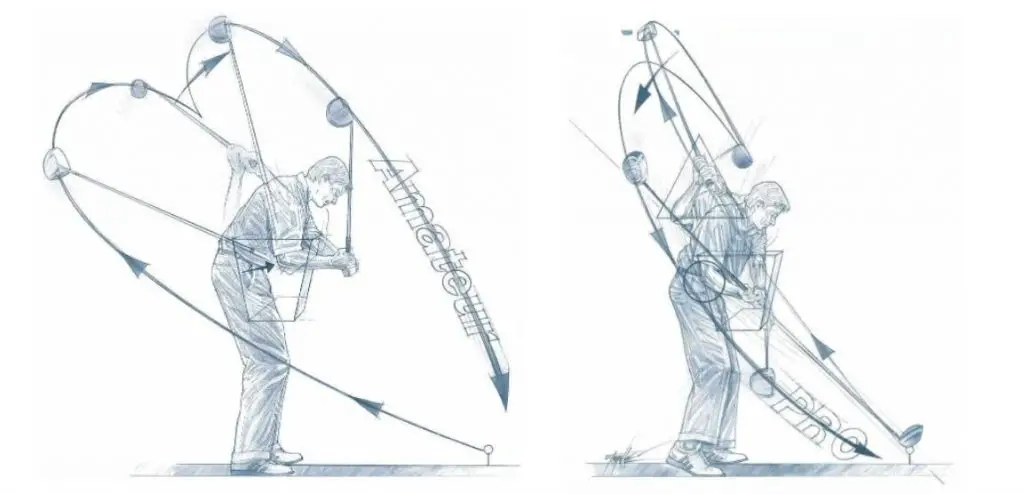Sidenote:
There is one piece of popular golf instruction that can serve as the catalyst for a backswing that sways too far inside. It’s called ‘the one piece takeaway’.
Even though it is advocated by great players like Jack Nicklaus and Justin Rose, when most amateurs practice this move, it triggers a backswing that is way under the ideal plane.
To combat this tendency, it is far better to practice an early wristcock. This gets the clubhead moving vertically rather than horizontally during the first part of the swing, which is far more desirable in most cases, especially if you have a tendency to swing over the top.
Joe Nichols has some excellent ideas on early wrist cock, but if you find his swing philosophy too extreme, the SwingGyde is an effective and affordable training aid that can help you learn how to set your wrists correctly during the backswing.

